Relics from the battlefield of Waterloo
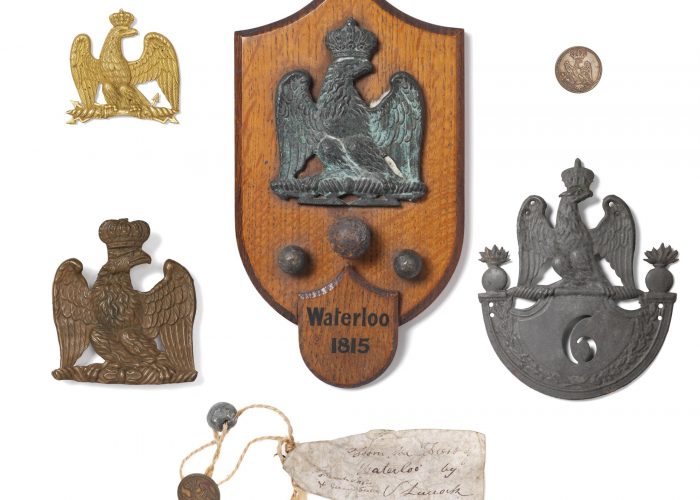
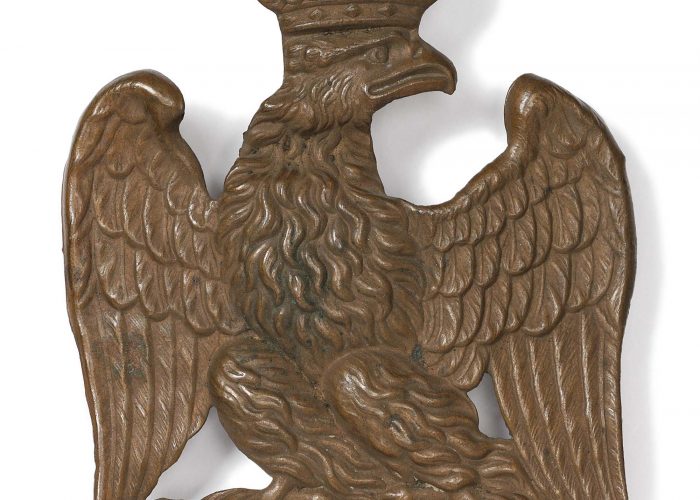 A French eagle decoration recovered from the Battle of Waterloo
A French eagle decoration recovered from the Battle of Waterloo
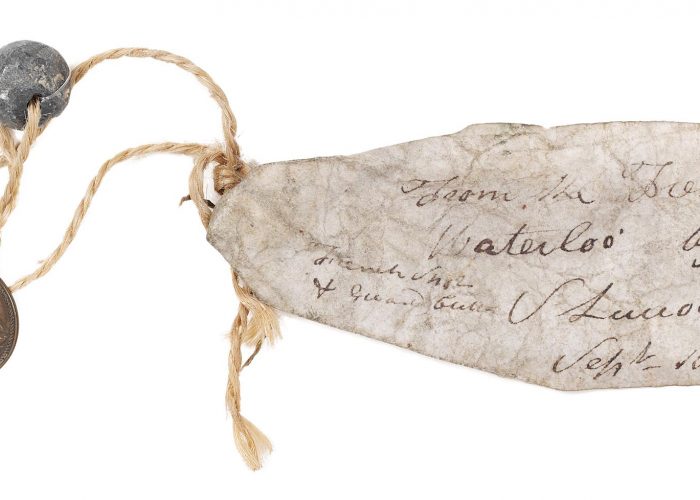 Two musket balls from the Battle of Waterloo
Two musket balls from the Battle of Waterloo
 Reverse view of one of the French eagles recovered from Waterloo
Reverse view of one of the French eagles recovered from Waterloo
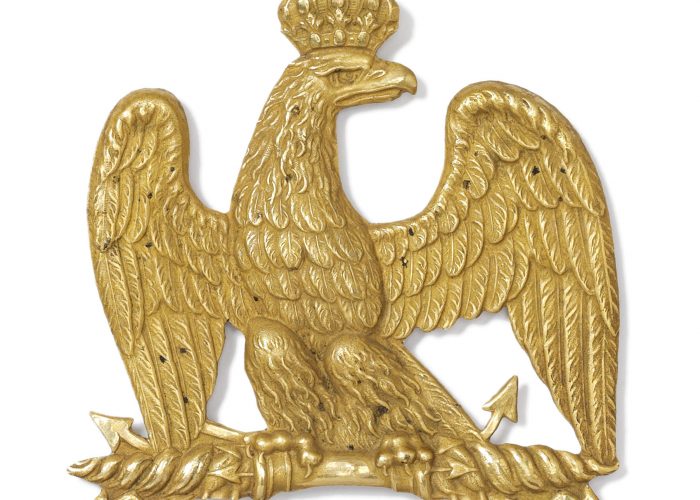 A French egale cap badge from the Battlefield at Waterloo
A French egale cap badge from the Battlefield at Waterloo
 A French shako plate of a gunner belonging to the 6th Artillery Regiment.
A French shako plate of a gunner belonging to the 6th Artillery Regiment.
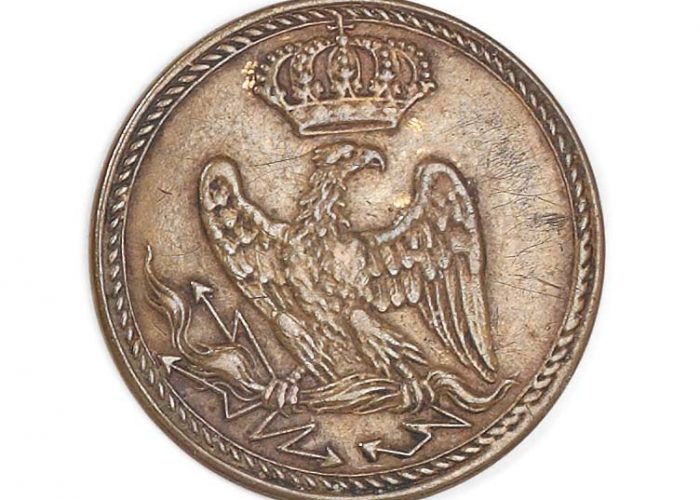 A French tunic button from the Battle of Waterloo.
A French tunic button from the Battle of Waterloo.
These relics were recovered from the battlefield of Waterloo.
This is a small collection of relics from the battlefield of Waterloo. They were on display during the commemorations of the bicentenary of that event, held at the school erected in memory of the great First Duke of Wellington – Wellington College in Berkshire.
Since June 18 1815, thousands upon thousands of curious tourists, relatives of participants and notables have visited the site of one of the most decisive and close-run battles in the wars against Republican and Napoleonic France. Such visitors, ancient and modern, have valued collecting and owning a piece of this momentous event.
A notable lawyer James Simpson, visited the field just a few weeks after the battle and noted, ‘All about lay the melancholy remains of the clothes, accoutrements, books, and letters of the dead. The two last, after the interment, were spread over the field, like the rubbish of a stationer’s shop’. Bodies were buried or burnt and clothing was rapidly taken by impoverished locals.
What has remained on the field of battle have been less perishable souvenirs, made of lead, brass, bronze and rusted iron. We can see two buttons, belonging to soldiers of the Imperial Guard, made of brass, with the Imperial eagle grasping scattered thunderbolts. One is attached by a piece of twine to a pieced lead musket ball – the French missiles being of smaller diameter (0.69 inch calibre) when compared to the British (0.75 inch calibre).
Mounted on a shield of oak are three missiles and a white metal Imperial eagle, possibly from the outside of a French ammunition cartouche. The three missiles are two musket balls flanking an iron case round. The latter is probably a light case round which was one of many, packed into a tin case (e.g. for a British 6 pounder cannon, light case – 85 X 1.5 oz. and heavy case – 41 X 3.5 oz. balls).
These were fired over open sites, with devastating effect, at close range targets such as cavalry advances or packed French infantry columns.
The bronze imperial eagle piece adorned a French infantryman’s ammunition pouch. The brass eagle was a shako decoration for a soldier of the Young Imperial Guard (annotated as a Lieutenant Colonel). Lastly we can see a shako plate of a gunner belonging to the 6th Artillery Regiment, which was a large unit, with at least seven companies at Waterloo.
-
Use this image
You can download and use the high resolution image for use in a non-profit environment such as a school or college, but please take note of the license type and rights holder information below
- Rights Holder: Wellington College
- License Type: Creative Commons








